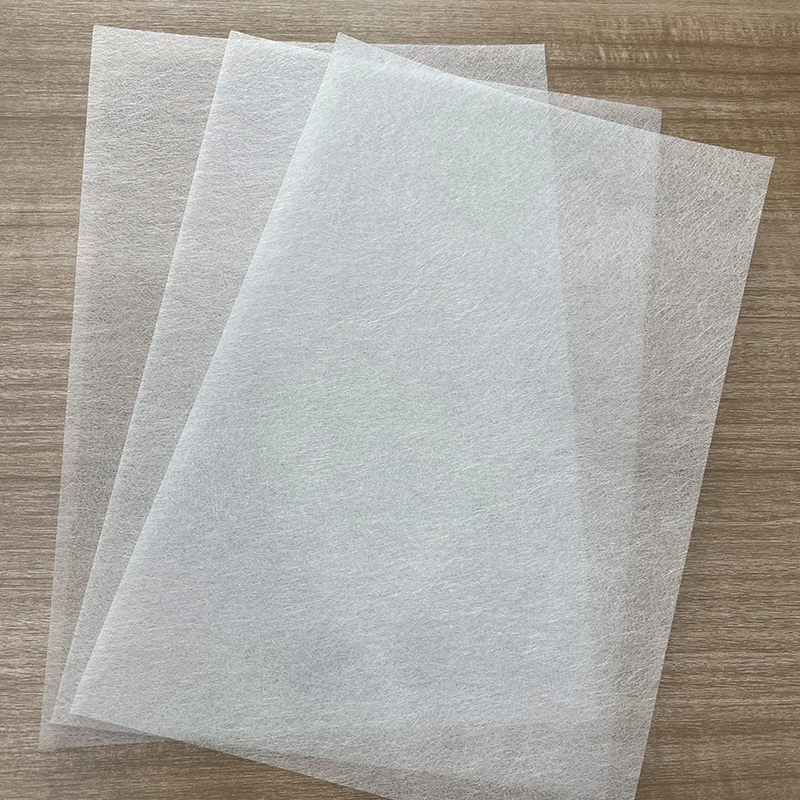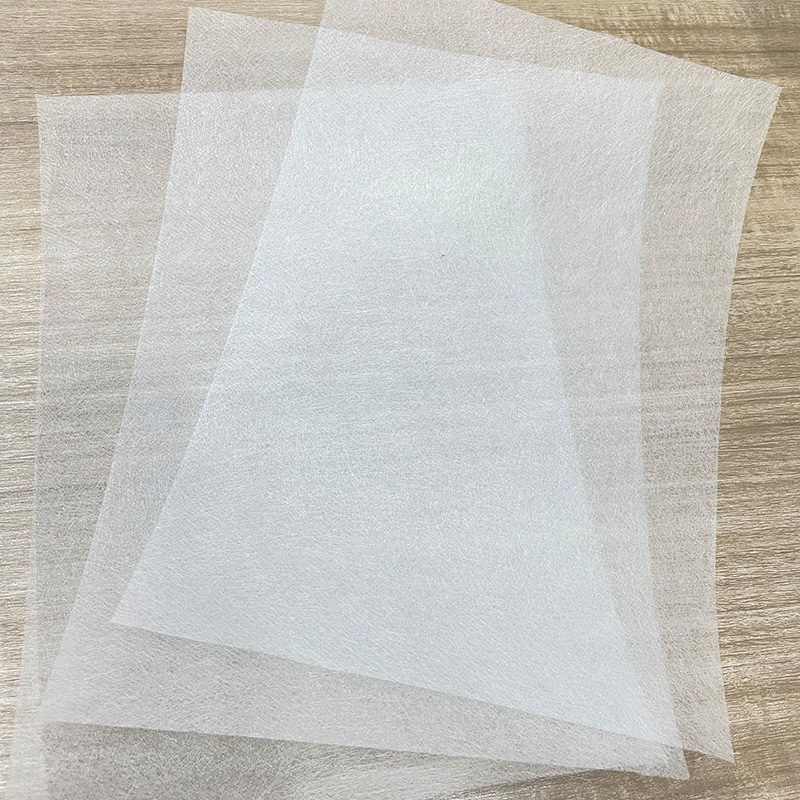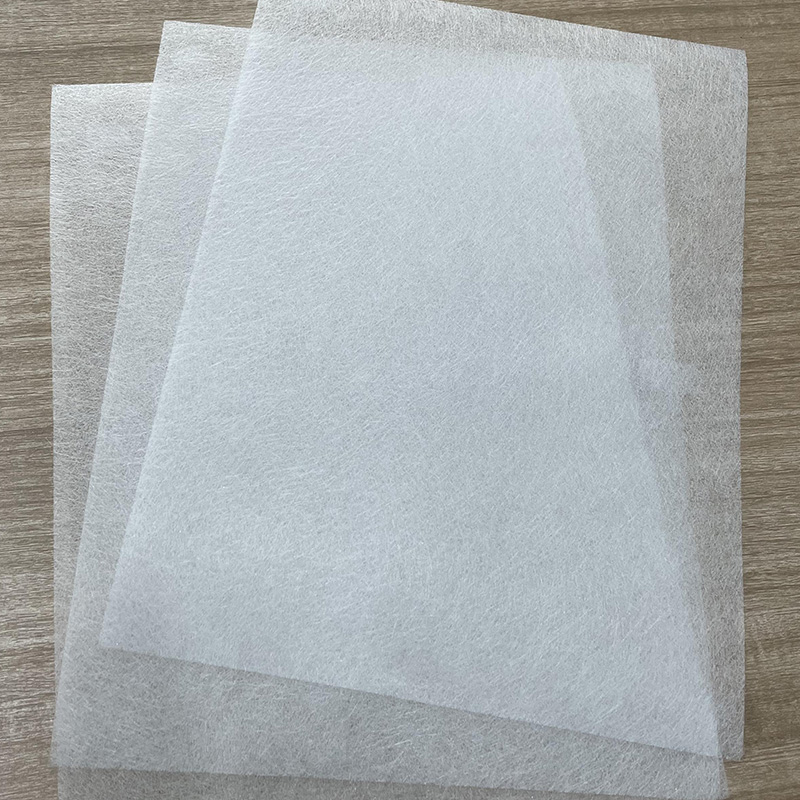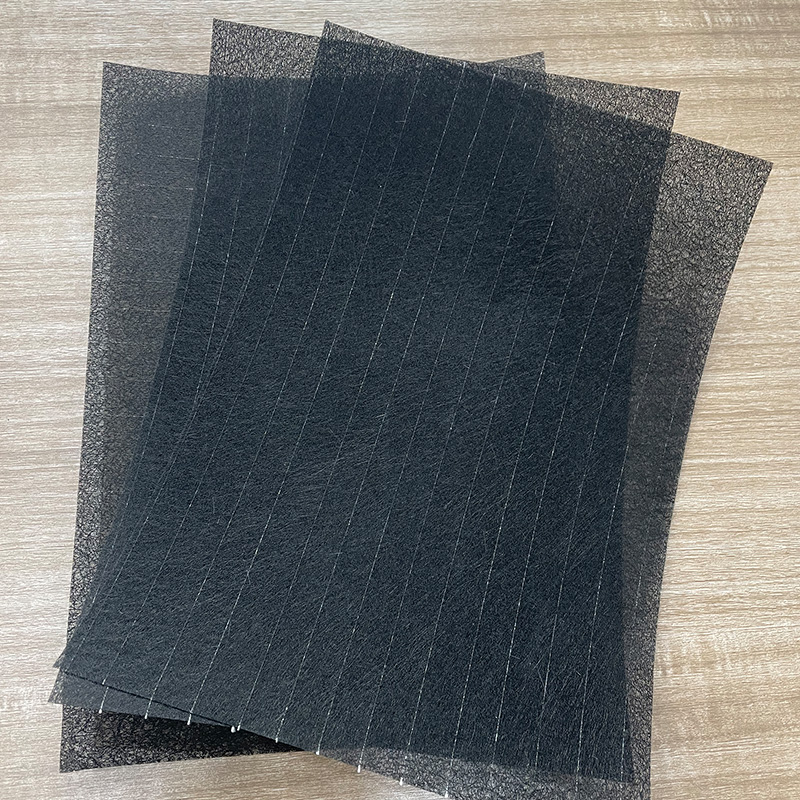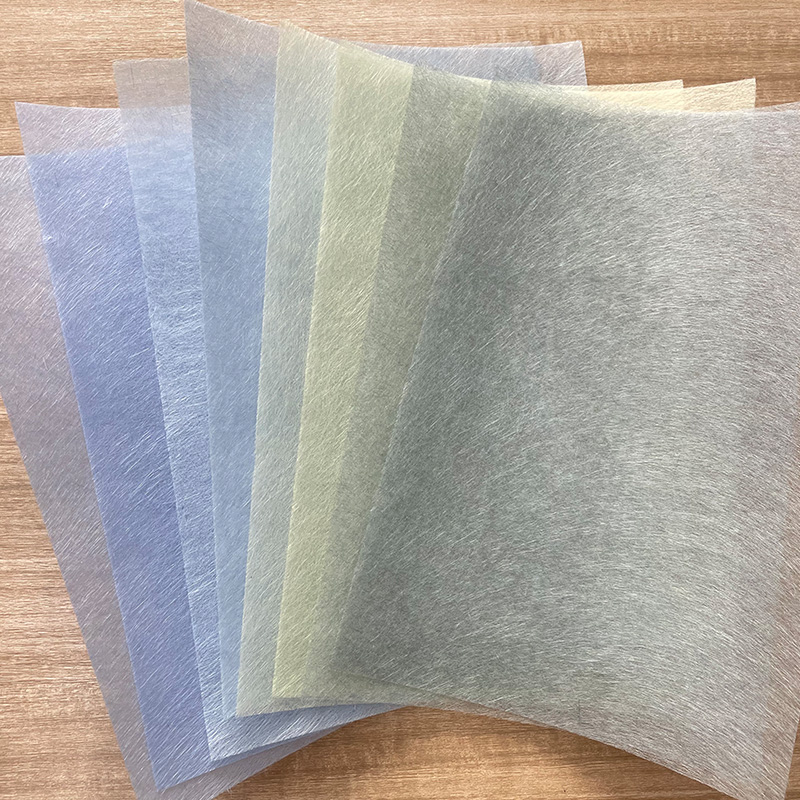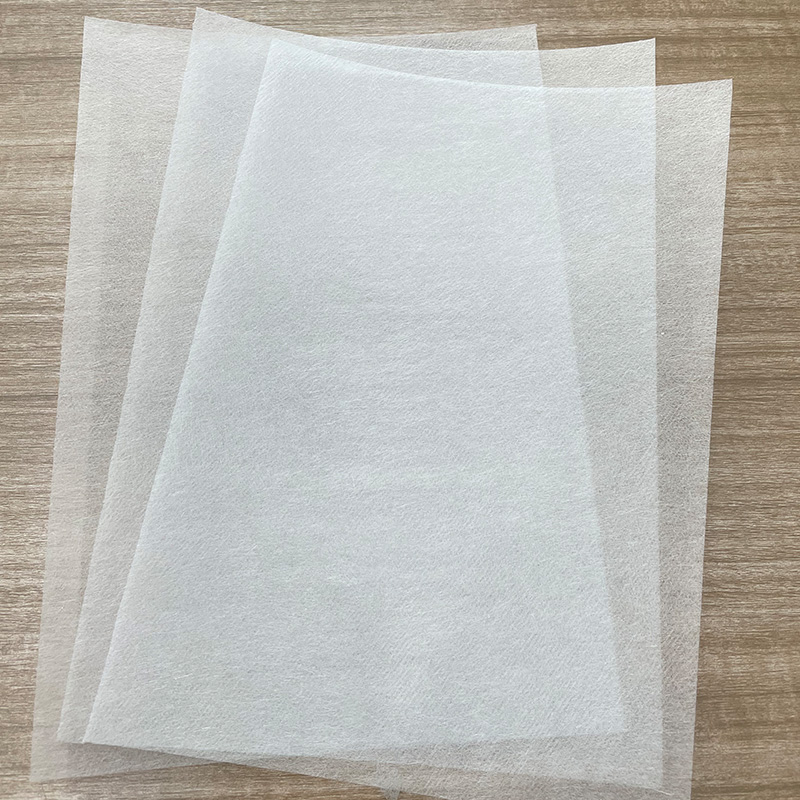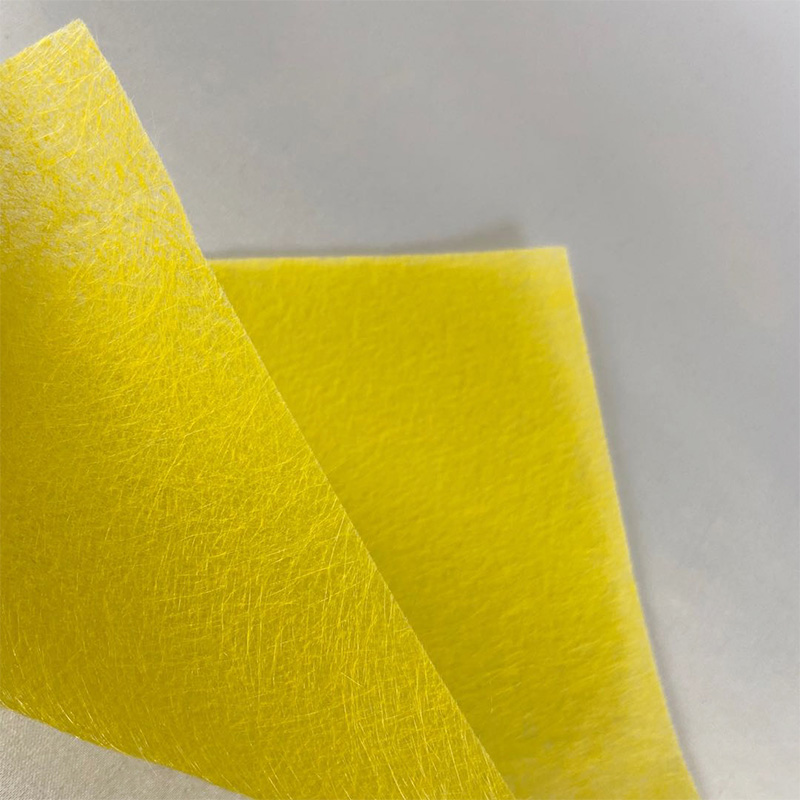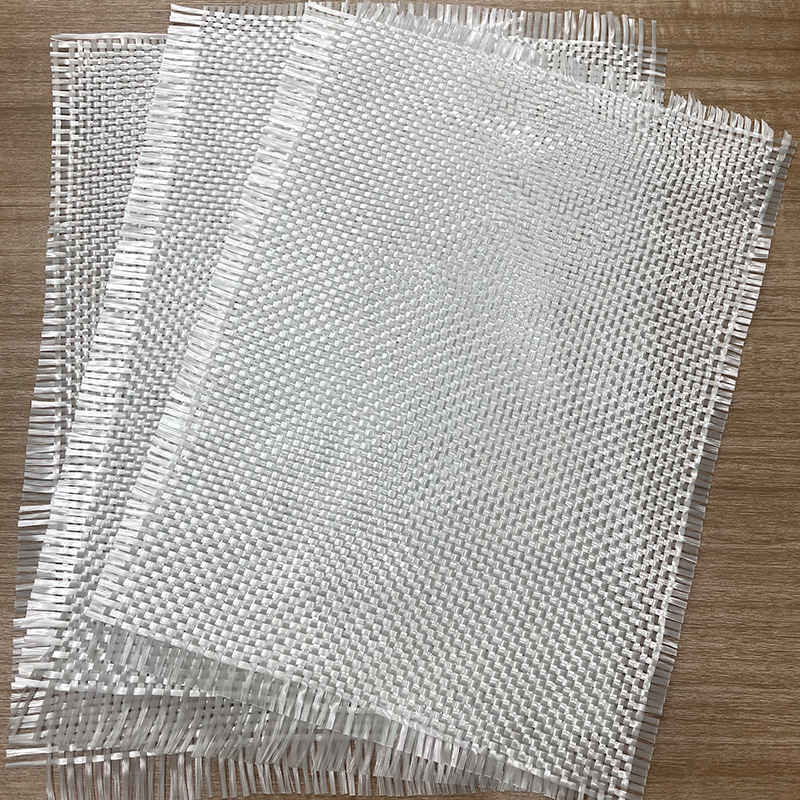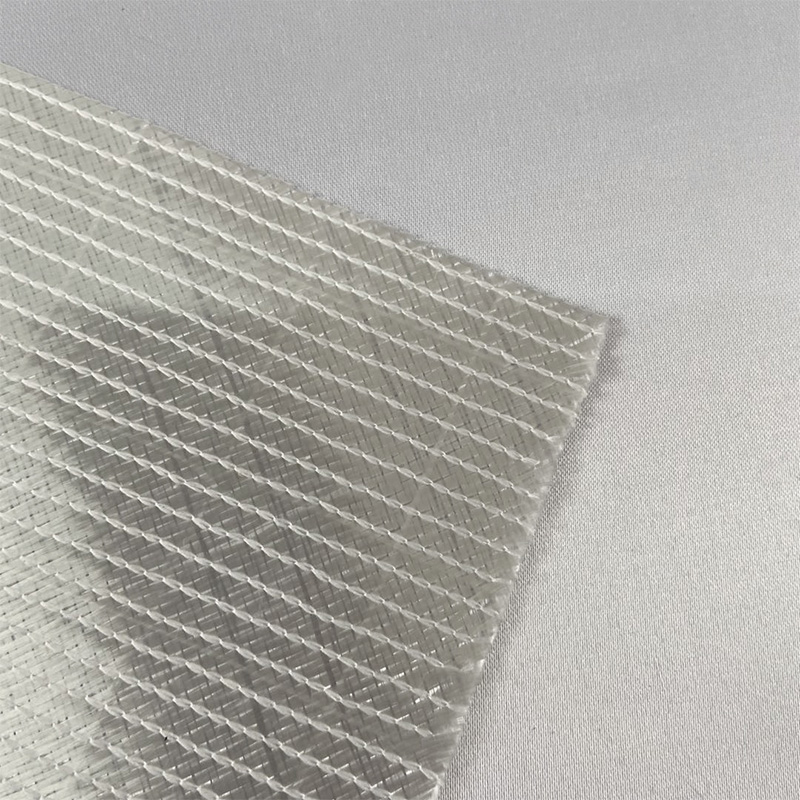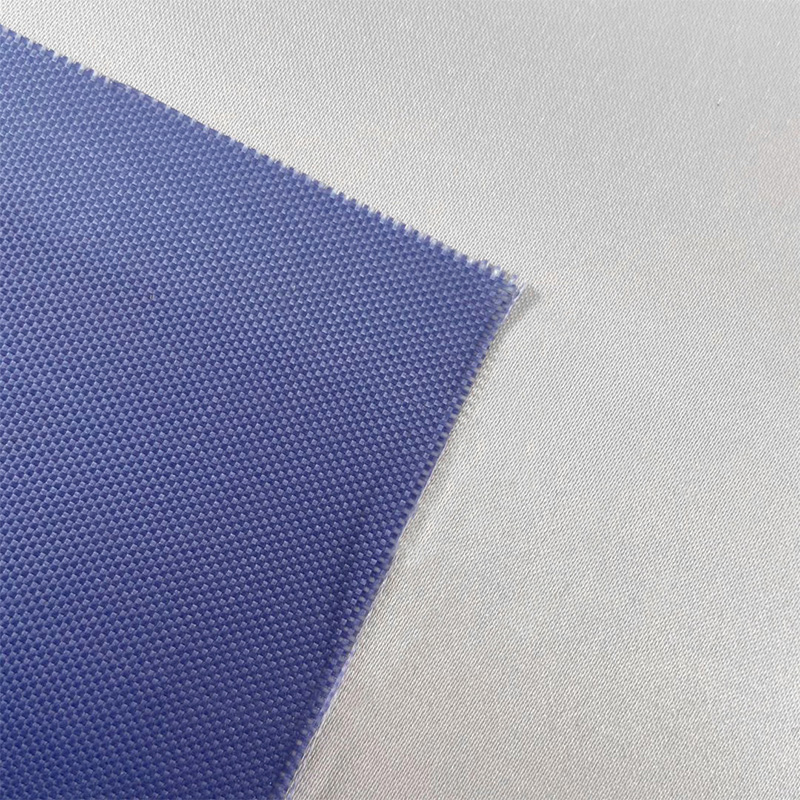"Order in Disorder: How the Art of Fiber Distribution Achieves Superior Performance"
Under the electron microscope of the materials laboratory, black fiberglass mat exhibits amazing structural aesthetics. Chopped glass fibers are interwoven into a web in a seemingly random but highly controllable manner, with a surface density of 100 to 1200g/m² precisely regulated to meet the strength requirements of different industrial scenarios. E-CR glass fibers treated with a special coloring process have a durable black appearance while maintaining their original mechanical properties. Their longitudinal tensile strength exceeds the industry benchmark of 1000N/50mm, providing a reliable reinforcement skeleton for composite materials.
"The Perfect Marriage of Color and Strength: The Material Science Behind Black"
High-temperature inorganic pigments are permanently combined with glass fibers through a unique coating process, and the addition of UV stabilizers ensures that the color remains stable during long-term outdoor use. Test data shows that after 1000 hours of UV-accelerated aging, the color change ΔE value is less than 3, which is almost imperceptible to the naked eye. What is more noteworthy is that this coloring technology completely abandons heavy metal components and has passed the most stringent environmental certification of REACH regulations, proving that aesthetic pursuit and environmental standards can go hand in hand.
"Smart Manufacturing Code: Precision Control from Liquid to Solid"
The wet forming production line is performing the magic of material transformation. The pulp with a fiber dispersion uniformity of more than 98% is dehydrated by a computer-controlled vacuum dehydration system, and the infrared monitor ensures that the moisture content is controlled within the accuracy range of ±0.5% in real time. The stepped drying curve is like a precise cooking temperature, allowing the product performance to reach the best state, and the fully automatic winding system rolls the finished product neatly with constant tension to ensure the quality consistency of each linear meter.
"Extreme Challenge: Quality Commitment from the Pole to the Equator"
In the salt spray test chamber, the samples are undergoing a corrosion test equivalent to 20 years of marine climate; the wet heat aging test simulates the tropical rainforest environment, and the high temperature of 85℃ and the humidity of 85% continuously impact the material performance; the low temperature impact test of -60℃ reproduces the extremely cold working conditions. The results of these rigorous tests show that black glass fiber mat can maintain a stable reinforcement effect in various extreme environments, providing reliable protection for end products.
"Cross-border application: performance from automobiles to buildings"
In the SMC components of new energy vehicles, it provides lightweight and high-strength structural support; the backplane of photovoltaic power stations relies on it to enhance durability; the anti-corrosion lining of chemical storage tanks benefits from its corrosion resistance. What's more amazing is that the specially treated hybrid version of conductive fibers can also provide electromagnetic shielding for electronic devices. This cross-border adaptability is redefining the possibilities of reinforced materials.
"Future Materials: Dual Evolution of Intelligence and Green"
The new generation of samples in the laboratory is breaking through traditional boundaries. The addition of conductive fibers creates products that can monitor structural health in real time; phase change microcapsules give materials temperature regulation functions; and self-healing coatings can automatically repair microcracks when they appear. In terms of sustainability, waste silk regeneration technology converts production waste into raw materials, and the development of bio-based binders reduces oil consumption. These innovations have given traditional materials a new lease of life.
"Standards Battle: The Technical Value Behind Certification"
ISO 3342 tensile strength standard, EN 13501 fire rating, ASTM D579 infiltration test, each certification is a proof of technical strength. VOC testing in the automotive industry ensures the quality of air in the car, MED certification for ships verifies the adaptability to the marine environment, and building fire protection standards are related to life safety. These stringent certification requirements drive the continuous improvement of material technology.
"Customized service: from standard products to system solutions"
The professional technical support team can provide a full range of services according to customer needs. Resin matching tests optimize composite material performance, molding process parameter recommendations improve production efficiency, and failure analysis services help improve product design. Customized options such as special width slitting, multi-layer composite structure, and functional additive implantation make black fiberglass mat a real problem solver.

 English
English 中文简体
中文简体 русский
русский Español
Español